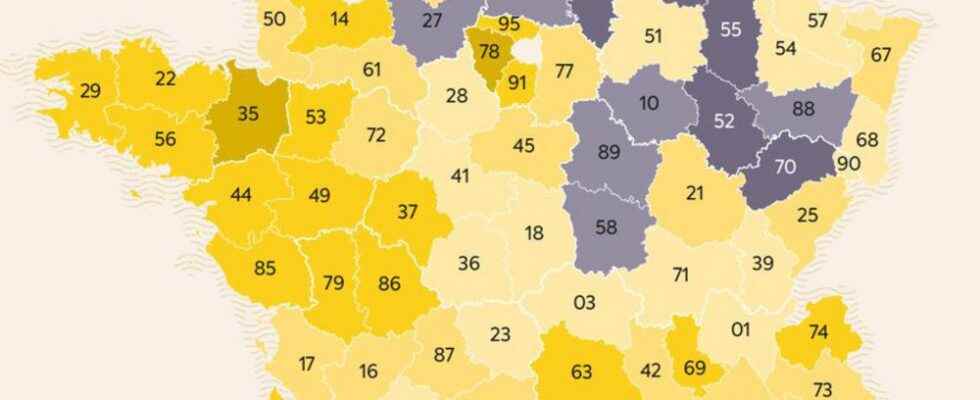Retired, wealthy and intermediate socio-professional categories, postponement of votes from the left to block the National Rally: with more than 58.5% of the votes cast, Emmanuel Macron’s victory in the second round of the presidential election is clear, although marked by a rising abstention rate (28%). Above all, it cannot make us forget a worrying development: the vote in favor of Marine Le Pen has progressed since 2017, when the candidate of the National Rally gathered 33.9% of the votes representing 10.6 million voters. In 2022, its 41.5% correspond to an increase of nearly 2.7 million votes.
Once described as the expression of the forgotten, invisible and other outsiders in society, the Le Pen vote for the 2022 vintage has somehow become “averaged” between the last two presidential elections, attracting more young people and members of the middle categories. To the point that, to speak as in market studies, we see a certain move upmarket of the marinist electoral base. In detail, it is possible to observe the population segments in which Marine Le Pen is progressing from four detailed surveys on the sociology of electors (a first survey by Harris Interactive, carried out among 6,683 people on the day of the second round , a second from Ipsos carried out among 4000 people carried out from April 21 to 23, a third from Ifop on a sample of 4827 people from April 24, finally an Elabe poll carried out on the day of the vote and relating to 1900 voters.)
25-50 year olds are increasingly voting Le Pen
At the ends of the age pyramid, the Emmanuel Macron vote dominates quite widely in 2022, since he was chosen in the second round by 60% of those under 25 who cast a vote for one of the two finalists and by approximately 70% of over 70s.
On the other hand, at intermediate ages, in particular among French people aged 25 to 50, therefore at the heart of the active population, the outgoing president only wins with a little over 50% of the votes, thus greatly reducing the gap with the RN candidate. Conducted five years earlier during the second round of the presidential election, a Harris Interactive poll credited Emmanuel Macron with a score of 60% in these age categories.
The RN vote is progressing in the working and middle classes
This observation of “average-normalization” is particularly evident when we look at the profession of the voters of the two finalists. Five years ago, Macron’s victory among the wealthy categories was very clear, just as the vote in favor of Le Pen among the workers largely dominated. Five years later, the socio-professional polarization of electorates is still very much present. “Marine” climbs a little higher among the worker and employee electorate who voted, becoming the majority there.
The evolution of intermediate professions is however more significant. INSEE includes professions such as nurses, commercial assistants or accountants in this middle category. We can speak about them as the true heart of the French middle class. But now the latter vote up to 40% – 45% in favor of Marine Le Pen.
A Le Pen vote mainly present in medium-sized towns and rural areas
There is a historical geography of the National Rally, powerful in its strongholds in the North-East, around the Mediterranean and, new for this election, in the overseas territories. This map cannot make us forget that the RN progresses as one moves away from the large agglomerations. In a whole part of urban France, a Macron-Mélenchon duopoly in the first round has emerged, resulting in the second round in a virtual monopoly of the head of state. This achieves 85% of the votes in Paris, 84% Rennes and around 80% in Nantes, Bordeaux, Lyon… You have to go to agglomerations whose size falls below the 100,000 inhabitants mark to hope – or dread – having a one in two chance of finding a voter who has chosen Marine Le Pen among the two finalists.
Infographics
Dario Ingiusto / L’Express
The Le Pen vote is therefore more and more the fact of a population that one crosses in the main artery or the zone of commercial activity of a medium-sized French city. The look, tastes and references of voters are affected; this is a France which, according to a recent Ifop poll on the “media practices” of voters, watches TF1 or M6, appreciates Cyril Hanouna, listens to RMC or NRJ and does not read the written press. A popular France therefore, but also more and more average or “normal”.
